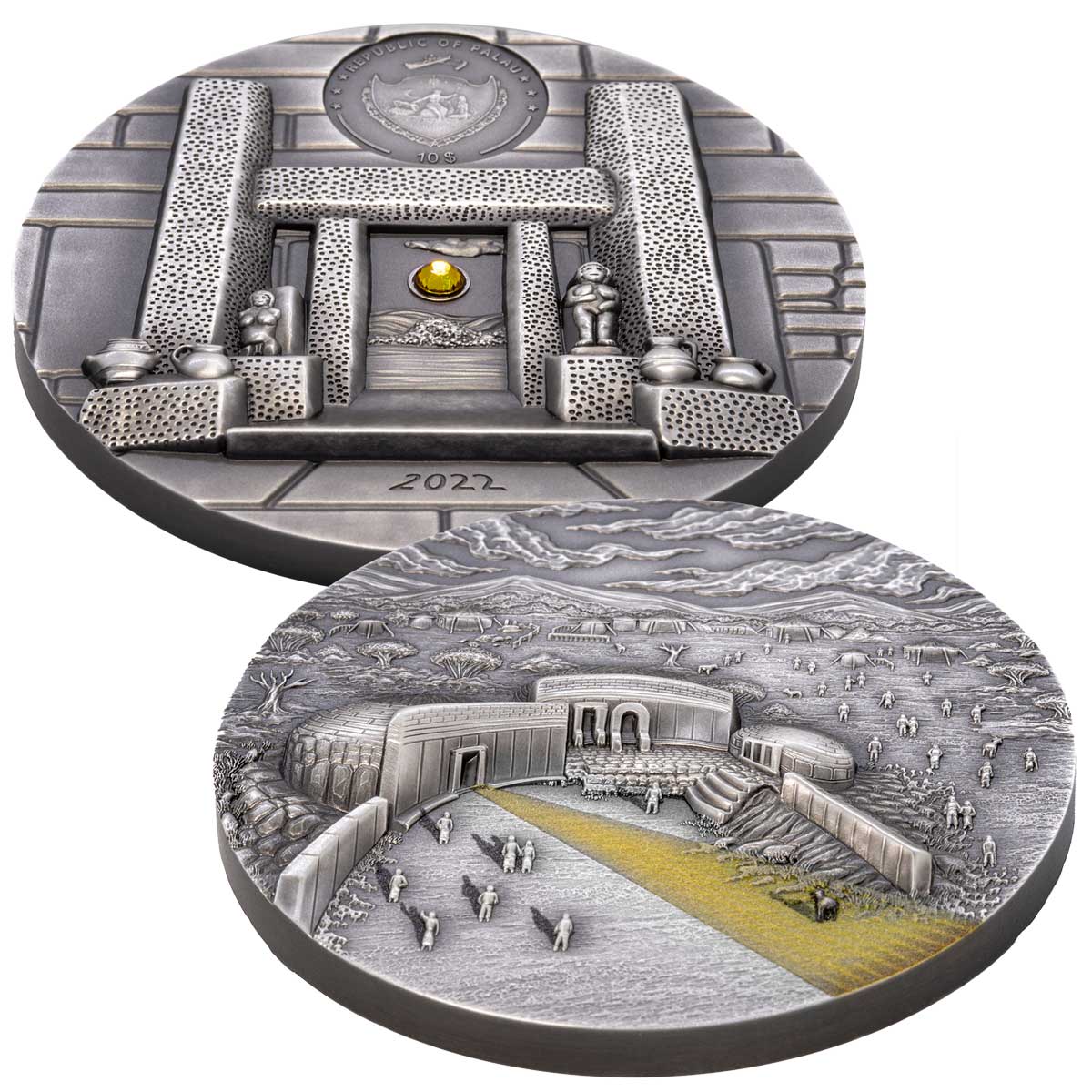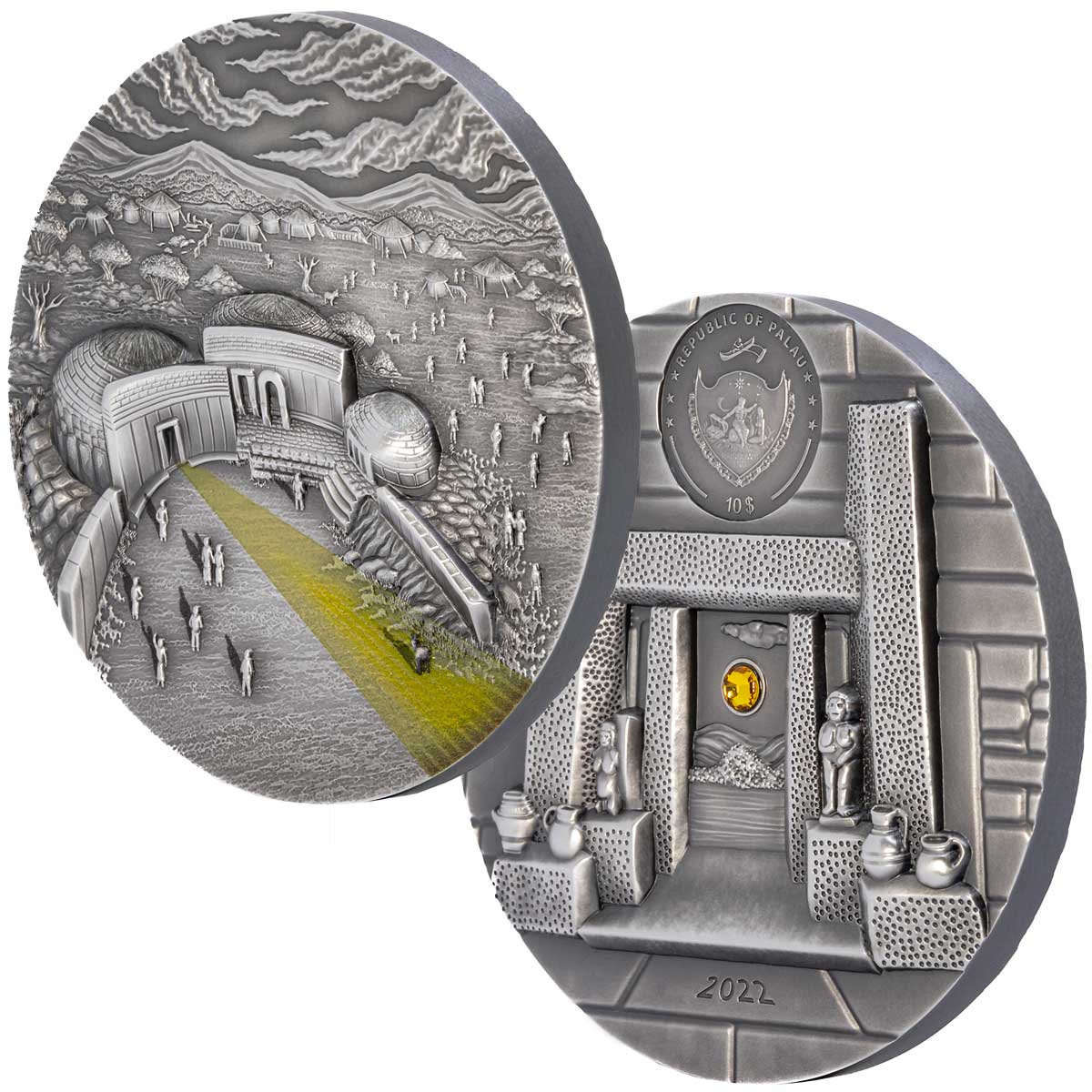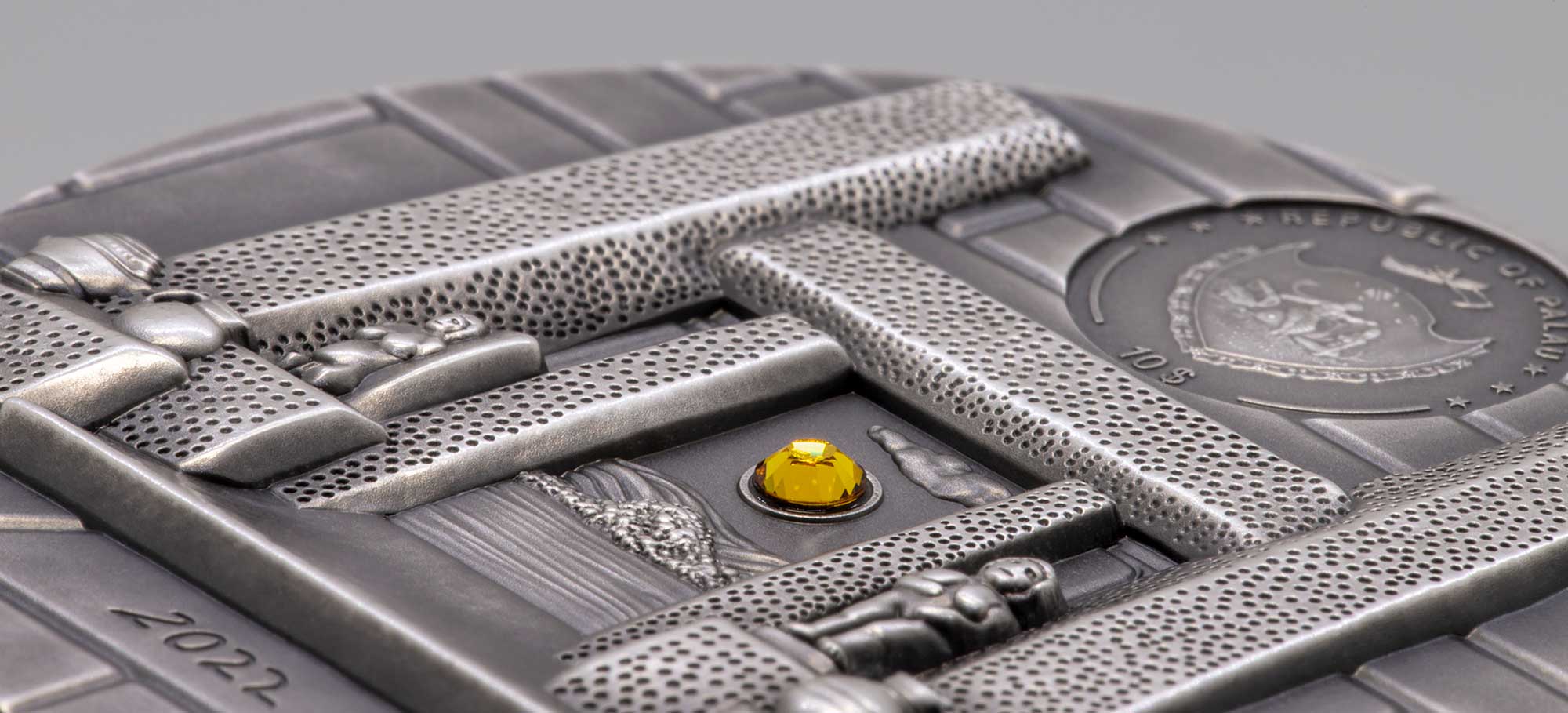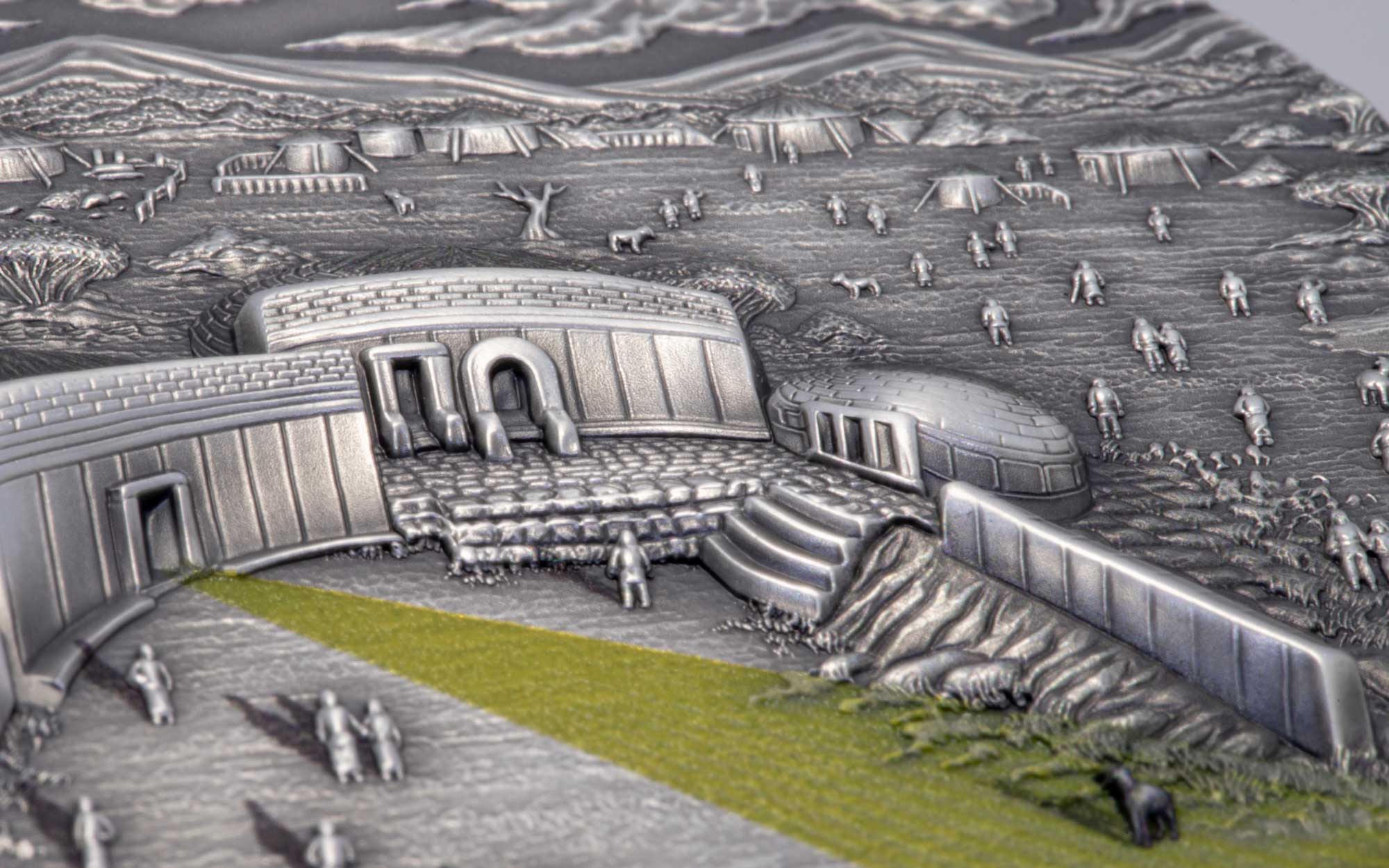The ancient world’s relationship with the Equinox and the Solstice is explored on Numiscollect’s latest silver coin
During the dawn of humanities great civilisations, the people looked to the stars when trying to make sense of the world around them. It makes sense when you think about it. You can directly link the heat of the Sun, the light of the Moon and the changing seasons to things you can see, eschewing any need for an anthropomorphic deity. The latter of those, the changing seasons, were particularly important parts of the fledgling communities, telling them when to plant crops, when to expect migrating animals, and what the likely weather would be, so it’s of little surprise that the dates were tracked and celebrated.
Around June 21 and December 21, the solstice occurs, when the Sun appears to reach its most northerly or southerly excursion before reversing direction. Conversely, around 20 March and 23 September, the plane of Earth’s equator passes through the geometric centre of the Sun’s disc and early cultures noted this as the day the Sun rises due east and sets due west. From these four dates, the seasons were known, something fundamental to their survival.
There are numerous proven and speculated examples of ancient construction linked to the solstice and equinox dates, from Stonehenge to the Great Pyramids of Giza, some more clear-cut than others, and we’re pleased to see that Numiscollect have gone with something different from the usual subjects for the first issue in their new series. The temple ruins at Mnajdra on the Mediterranean island of Malta are a perfect example of the concept at work, and there’s more on that lower down.
The coin uses that tried and trusted layout of a panoramic view on one face, and a close-up in detail on the other. The reverse face looks back at the temple in its prime, complete with the wider settlement in the background, and a smattering of people neatly picked out with shadows on the ground – another clever nod to the solar subject. The sun ray bursting through the doorway tells us the importance of the day depicted – an equinox.
The obverse shows us the view from inside the Solar Temple looking out at the sun, here represented by a yellow Swarovski crystal. It’s a good reproduction of the 5,000-year-old architecture, simple, but accurate, nicely embellished with idols and pottery. The necessary shield of Palau is integrated without spoiling the overall look. There’s a nice synergy between the two faces, pointing to a lot of thought put into the overall design.
This is a two-ounce coin, antique-finished, and struck in 0.999 silver. Smartminting has been employed to give us healthy levels of high-relief on both faces, and the completed coin has a coherent theme. It will come boxed with a Certificate of Authenticity, of course, and the mintage is set at a maximum of 555 pieces. A nice release, with an intriguing subject, we’ll look forward to seeing where this new series takes us in the years to come. Available to order now.
THE MNAJDRA TEMPLES
Mnajdra is a megalithic temple complex found on the southern coast of the Mediterranean island of Malta. Mnajdra is approximately 500 metres from the Ħaġar Qim megalithic complex. Mnajdra was built around the fourth millennium BCE; the Megalithic Temples of Malta are among the most ancient religious sites on Earth, described by the World Heritage Sites committee as “unique architectural masterpieces.” In 1992 UNESCO recognized the Mnajdra complex and four other Maltese megalithic structures as UNESCO World Heritage Sites.
The lowest temple is astronomically aligned and thus was probably used as an astronomical observation and/or calendrical site. On the vernal and the autumnal equinox sunlight passes through the main doorway and lights up the major axis. On the solstices sunlight illuminates the edges of megaliths to the left and right of this doorway.
Although there are no written records to indicate the purpose of these structures, archaeologists have inferred their use from ceremonial objects found within them: sacrificial flint knives and rope holes that were possibly used to constrain animals for sacrifice (since various animal bones were found). These structures were not used as tombs, since no human remains were found. The temples contain furniture such as stone benches and tables that give clues to their use. Many artifacts were recovered from within the temples suggesting that these temples were used for religious purposes, perhaps to heal illness and/or to promote fertility.
| SPECIFICATION | |
| DENOMINATION | $10 Palau |
| COMPOSITION | 0.999 silver |
| WEIGHT | 62.2 grams |
| DIMENSIONS | 45.0 mm |
| FINISH | Antique |
| MODIFICATIONS | Ultra high-relief, Smartminting, Inset crystal |
| MINTAGE | 555 |
| BOX / C.O.A. | Yes / Yes |









Leave A Comment